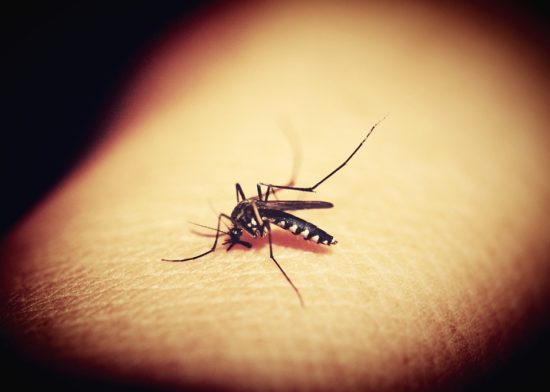Mapping genetic markers of artemisinin resistance in Plasmodium falciparum malaria in Asia: a systematic review and spatiotemporal analysis
The increase in artemisinin resistance threatens malaria elimination in Asia by the target date of 2030 and could derail control efforts in other endemic regions. This study aimed to develop up-to-date spatial distribution visualisations of the kelch13 (K13) gene markers of artemisinin resistance in Plasmodium falciparum for policy makers.
From 2002 to 2018, there has been a steady increase in geographical locations and the proportion of infected people with validated artemisinin resistance markers. More consistent data collection, over more extended periods in the same areas with the rapid sharing of data are needed to map the spread and evolution of resistance to better inform policy decisions. Data in the literature are reported in a heterogeneous way leading to difficulties in pooling and interpretation. We propose here a tool with a set of minimum criteria for reporting future studies.
AMR NEWS
Your Biweekly Source for Global AMR Insights!
Stay informed with the essential newsletter that brings together all the latest One Health news on antimicrobial resistance. Delivered straight to your inbox every two weeks, AMR NEWS provides a curated selection of international insights, key publications, and the latest updates in the fight against AMR.
Don’t miss out on staying ahead in the global AMR movement—subscribe now!






